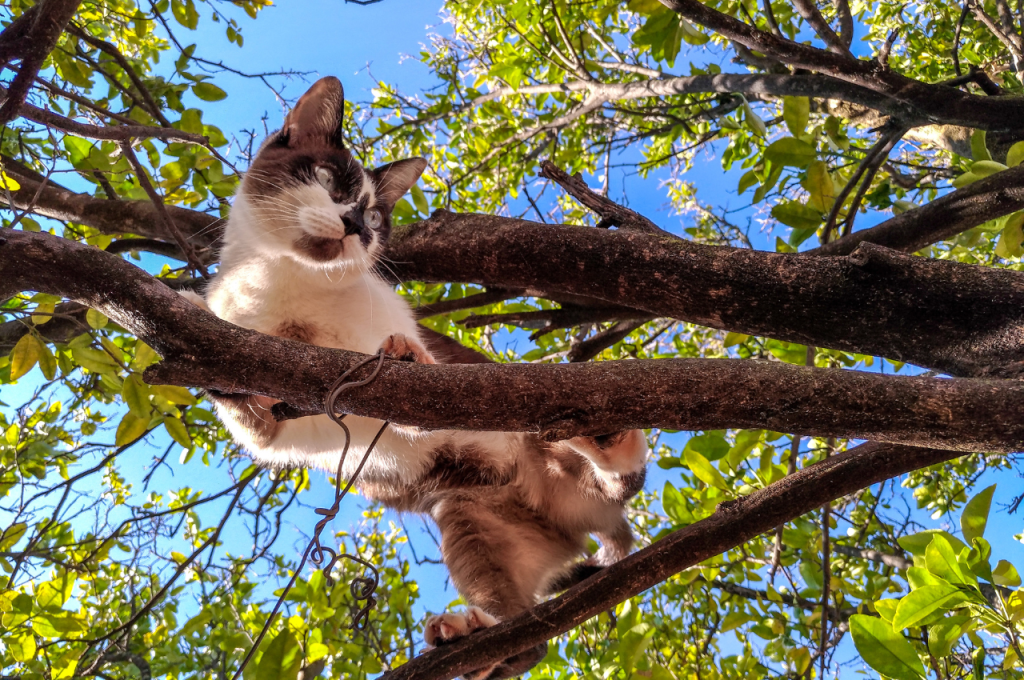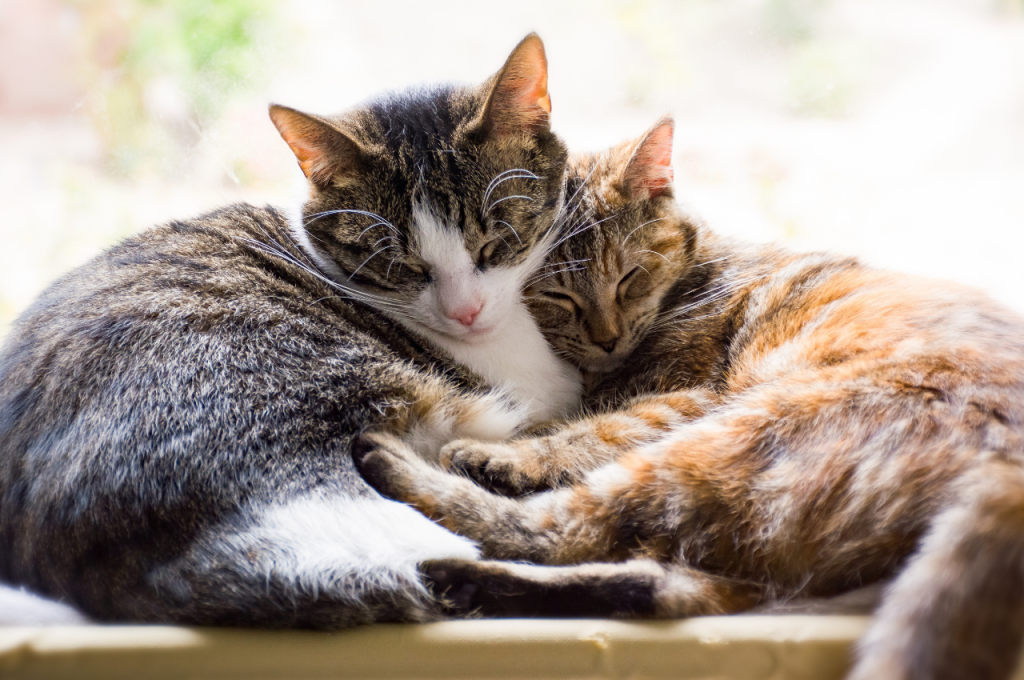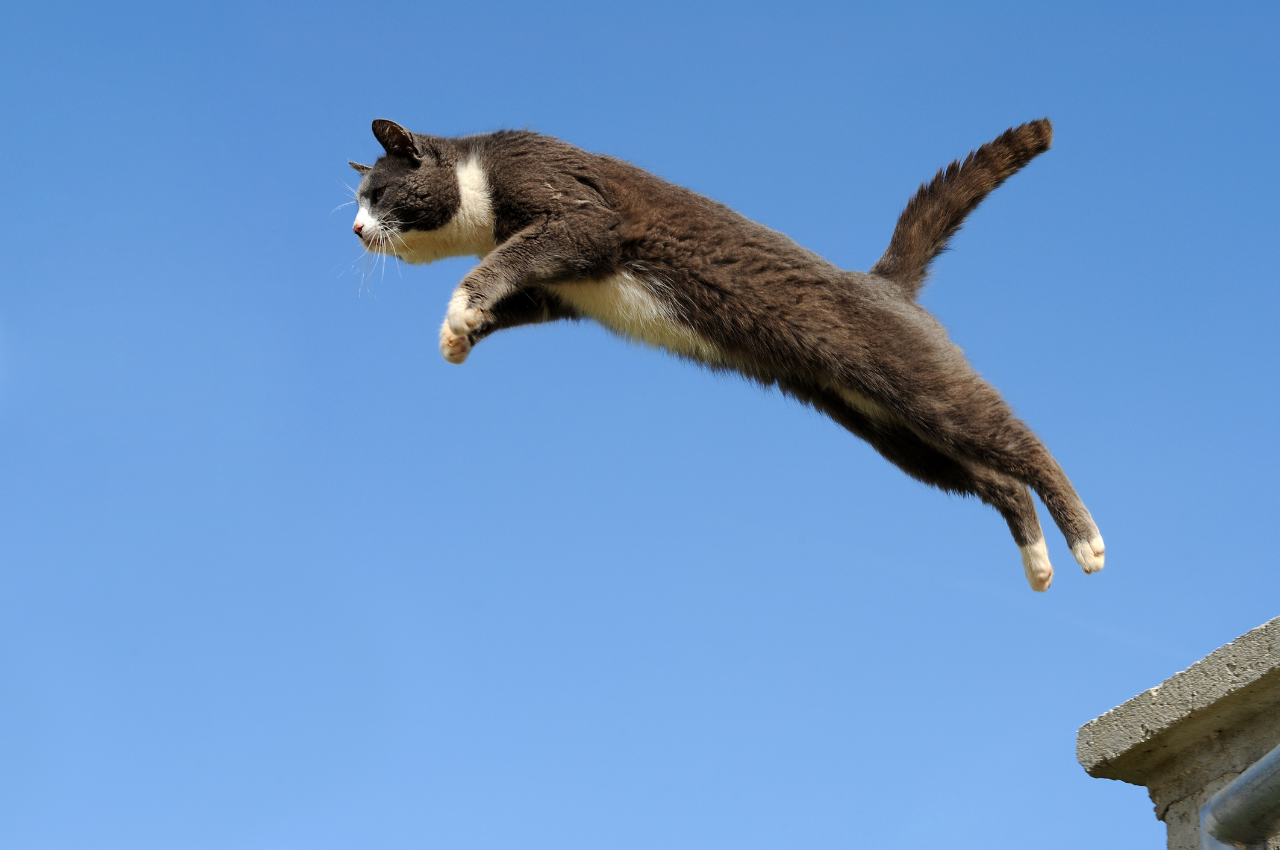Cats have retractable claws, 32 muscles in each ear, and can rotate their ears 180 degrees. They have a keen sense of smell, can jump up to six times their length, and sleep up to 16 hours a day.
Cats are known for their grooming habits, whiskers that help them navigate, and purring to communicate contentment. These fascinating creatures have unique behaviors such as kneading, hunting instincts, and a preference for warm spots. With their agility, independence, and mysterious nature, cats continue to captivate and charm humans worldwide.
Introduction To The Feline World
Discover fascinating facts about cats and delve into the enchanting world of felines. Uncover 30 intriguing tidbits about these mysterious creatures, from their unique behaviors to their incredible abilities. Explore the captivating realm of cats and be amazed by their extraordinary nature.

Cats have been a part of human civilization for thousands of years. They have fascinated us with their grace, agility, and mysterious nature. Whether you are a cat lover or not, you cannot deny the appeal of these fascinating creatures. In this post, we will explore 30 facts about cats that will leave you in awe of the feline world. Let’s dive in!
Cats In History
- Ancient Egyptians worshipped cats and even had a goddess, Bastet, who was depicted as a woman with a cat’s head.
- In medieval Europe, cats were associated with witchcraft and were often killed during witch hunts.
- Pirates believed that having a black cat on board their ship would bring them good luck.
- The first cat show was held in 1871 at the Crystal Palace in London.
Why Cats Fascinate Us
Cats have a flexible spine that allows them to twist and turn in ways that seem impossible. They have incredible hearing and can hear sounds that are too high or low for humans to detect. Cats have a unique way of communicating with humans and other animals through meows, purrs, and body language. They are natural hunters and can catch prey that is much larger than themselves. Cats are independent creatures but also enjoy affection and attention from their owners. They have a calming effect on humans and can lower blood pressure and reduce stress. These are just a few of the many fascinating facts about cats. Whether you are a cat lover or not, there is no denying the allure of these incredible creatures. From their ancient history to their mysterious nature, cats will continue to fascinate us for years to come.
Physical Prowess
Cats are renowned for their physical prowess, possessing a remarkable combination of strength, agility, and sensory acuity. Their physical abilities are truly awe-inspiring, allowing them to navigate the world with grace and precision. Let’s delve into the astonishing physical prowess of these fascinating felines.
Exceptional Agility
Cats are incredibly agile creatures, capable of executing acrobatic feats with astonishing grace and precision. They possess remarkable flexibility and reflexes, allowing them to navigate through even the most challenging environments with unparalleled ease.
Night Vision And Hearing
Cats possess exceptional night vision, thanks to their specialized eye structure and an abundance of rod cells in their retinas. Additionally, their acute hearing enables them to detect the faintest sounds, contributing to their prowess as skilled hunters.
Mysterious Communication
Cats have a mysterious way of communicating with their humans and with other animals. Understanding these unique forms of communication can help us build stronger bonds with our feline friends and appreciate their complex nature.
Tail Signals
Cats use their tails to convey a wide range of emotions and intentions. A tail held high indicates confidence and happiness, while a puffed-up tail signals fear or aggression. A swishing tail may indicate irritation, while a slow, gentle wag can be a sign of curiosity or contentment.
Purring And Meowing
Purring is often associated with contentment, but cats also purr when they are stressed or in pain. On the other hand, meowing is a form of communication that cats primarily use with humans. Each meow may have a different meaning, from a greeting to a request for food or attention.
Dietary Preferences
Cats are obligate carnivores, meaning they need meat to thrive. They have specific dietary preferences and require a high-protein diet for optimal health. Additionally, cats have taste receptors for sweetness but not for carbohydrates.
Cats are fascinating creatures with unique dietary preferences that set them apart from other animals. Understanding their dietary needs is crucial for their overall health and well-being. In this section, we will explore some interesting facts about their dietary preferences, including their status as obligate carnivores and common foods to avoid.
Obligate Carnivores
Cats are considered obligate carnivores, which means they require a diet predominantly composed of animal-based proteins to thrive. Unlike omnivores or herbivores, cats have specific nutritional requirements that can only be met through a meat-based diet. This is due to their evolutionary history as hunters and their physiological makeup.
Common Foods To Avoid
While cats have specific dietary preferences, it’s equally important to know which foods to avoid giving them. Some common foods that are potentially harmful to cats include:

- Chocolate: Contains theobromine, which is toxic to cats.
- Onions and Garlic: Can cause anemia in cats.
- Alcohol: Even small amounts can be extremely dangerous for cats.
- Caffeine: Found in coffee, tea, and certain sodas, can be toxic to cats.
- Grapes and Raisins: Can cause kidney damage in cats.
It’s essential to keep these foods out of reach from your feline friends to prevent any potential health issues. In conclusion, cats are obligate carnivores with specific dietary preferences. Their bodies are designed to thrive on a meat-based diet, making it crucial to provide them with nutritionally balanced meals. Additionally, being aware of foods that can be harmful to cats is essential to ensure their well-being. By understanding their dietary needs, we can help our feline companions lead healthy and happy lives.
Unique Behaviors
Cats are known for their unique behaviors that set them apart from other pets. Understanding these behaviors can help cat owners better care for their feline friends and create a deeper bond with them. Let’s explore some of the fascinating and quirky behaviors that make cats so special.
Kneading
Kneading is a common behavior in cats where they rhythmically push their paws in and out against a soft surface, such as a blanket or their owner’s lap. This behavior is often associated with contentment and relaxation, as it is reminiscent of the kneading action kittens perform while nursing from their mother. Cats may also knead as a way to mark their territory with scent glands located in their paw pads.
Hunting Instincts
Cats are natural hunters, and even domesticated felines retain strong hunting instincts. This behavior is evident in their play, as they pounce, stalk, and ambush their toys or even unsuspecting household items. Indoor cats may exhibit hunting behaviors by “chirping” at birds through windows or engaging in interactive play that mimics stalking and capturing prey. Providing toys and activities that stimulate a cat’s hunting instincts can help keep them mentally and physically active.
Health And Longevity
Cats are fascinating creatures with unique behaviors and characteristics. They are agile, independent, and have a strong sense of curiosity. Cats are known for their grooming habits and can spend up to half of their waking hours cleaning themselves. They also have a keen sense of hearing and can rotate their ears 180 degrees.
Common Ailments
Cats can develop common health issues like hairballs and fleas.
Maximizing Lifespan
Regular vet visits and a balanced diet can help extend a cat’s life.
Breeds And Diversity
Cats are fascinating creatures with unique characteristics. Did you know that cats can jump up to six times their length or that they have over 100 vocal sounds? With over 30 different breeds, cats come in all shapes, sizes, and colors, each with their own distinct personalities.
Popular Breeds
Cats come in various breeds, each with unique characteristics.
- Persian: Known for their long fur and sweet temperament.
- Siamese: Recognized for their striking blue almond-shaped eyes.
- Maine Coon: Among the largest domesticated breeds, with tufted ears.
Rare And Exotic Felines
Some cat breeds are rare and exotic, adding to the diversity.
- Sphynx: Hairless breed with a friendly and energetic nature.
- Savannah: Cross between a domestic cat and a serval, known for their tall ears.
- Scottish Fold: Unique folded ears give them an owl-like appearance.
Cats And Human Society
Cats have been a part of human society for centuries, and there are countless interesting facts about them. From their agility and hunting instincts to their unique communication methods and diverse breeds, cats continue to fascinate and captivate us. Discover 30 intriguing facts about these enigmatic creatures.
Cats In Modern Culture
Cats have a prominent place in modern culture, appearing in movies, books, and memes. They are often depicted as mysterious and independent creatures, captivating audiences worldwide.
Therapeutic Benefits Of Owning A Cat
Owning a cat can reduce stress and anxiety levels. The calming presence of a purring cat can provide comfort and emotional support to their owners.
The Science Of Catnaps
Why Cats Sleep So Much
- Cats need plenty of rest to conserve energy.
- They have a high metabolism that burns energy quickly.
- Sleep helps them stay alert and active when needed.
The Role Of Sleep In Hunting
- Sleep is crucial for their hunting prowess.
- It sharpens their senses and reflexes.
- Catnaps ensure they are always ready to pounce.
Conservation Efforts
Conservation efforts play a vital role in protecting the wild relatives of cats and ensuring the well-being of domestic felines. By understanding the importance of spaying and neutering, as well as the need to protect wild relatives, we can contribute to the preservation of these majestic creatures.

Protecting Wild Relatives
Conservation organizations around the world are dedicated to safeguarding the habitats of wild cat species such as tigers, lions, and leopards. Through the establishment of protected areas and anti-poaching initiatives, these organizations strive to ensure the survival of these iconic predators.
The Importance Of Spaying And Neutering
Spaying and neutering domestic cats is essential in controlling the population and preventing the proliferation of stray and feral felines. By promoting responsible pet ownership, we can help reduce the burden on animal shelters and minimize the impact of free-roaming cats on local ecosystems.
Conclusion
Cats are fascinating creatures with a rich history and many interesting traits. From their ancient origins to their unique abilities, these feline friends have captured our hearts and imaginations for centuries. Whether you’re a cat lover or just looking to learn more about these incredible animals, the 30 facts about cats presented will surely impress and delight you.
So next time you cuddle up with your furry friend, remember all the amazing things that make them so special.
